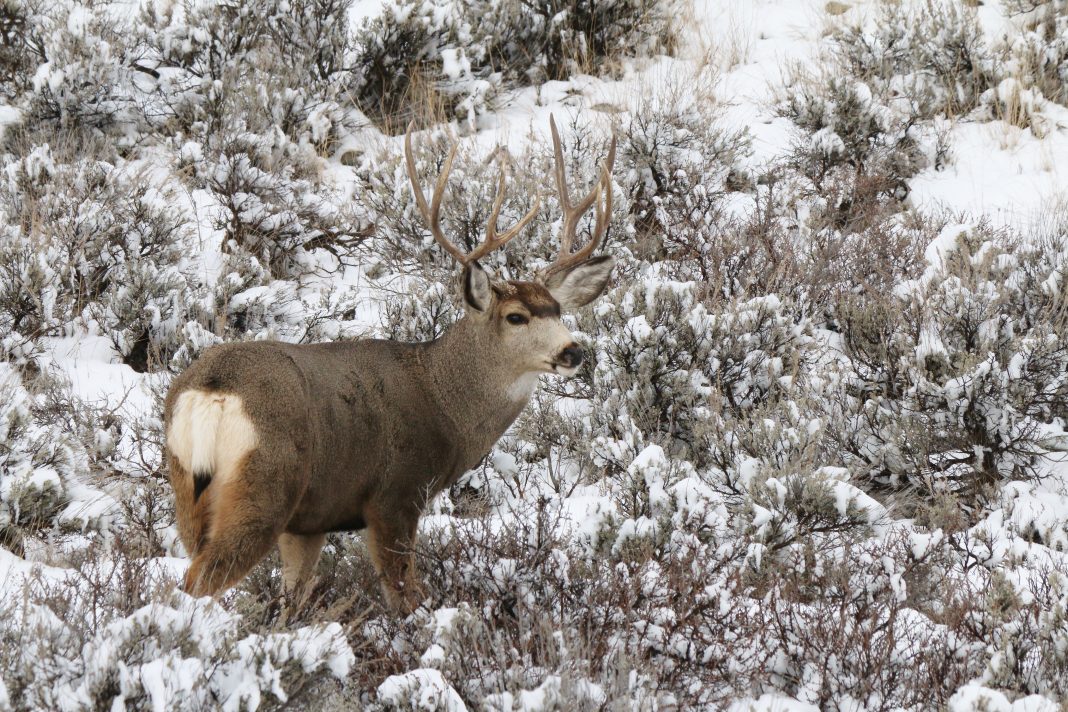Montana Fish, Wildlife & Parks (MFWP) have discovered 16 new positive results of Chronic Wasting Disease (CWD) in big game animals taken during the general season. Most cases came from areas where CWD is already present. However, for the first time, a Mule deer tested positive in district 705 in the southeastern portion of the state. Furthermore, a second Whitetail deer harvested near the Ruby Valley region near Sheridan came out positive with CWD.
These 16 new cases only represent those animals harvested during the general season. During the overall hunting season in Montana, 7,000 animals were tested, and 131 were positive. Of major concern, however, is that the disease has become present in most portions of the state.
The mandatory sampling areas during the 2019 season included mostly the northeast and north-central, along with the southeast portion of Montana. However, two additional sampling areas were in the northwest part of the state and in the west-central region. To read more on MFWP’s strategy on fighting CWD, click here.
Officials with MFWP tailor their CWD management strategies based on the test results they receive. Hunters provide a major role in this, as they provide the majority of the samples to be tested. As the disease spreads to different regions, and affects the herd in different ways, it is of upmost importance that officials have sufficient data to make a reasonable prevention plan.
According to a press release by MFWP, the disease first presented itself in 2017 south of Billings. It affects all members of the deer species, such as deer, elk, and moose, and is transmitted through contact with feces, urine, blood or saliva. CWD is not readily noticeable in the animal until it is often too late.
Tell us your thoughts
How is your state fighting Chronic Wasting Disease? What do you think could be done better?















